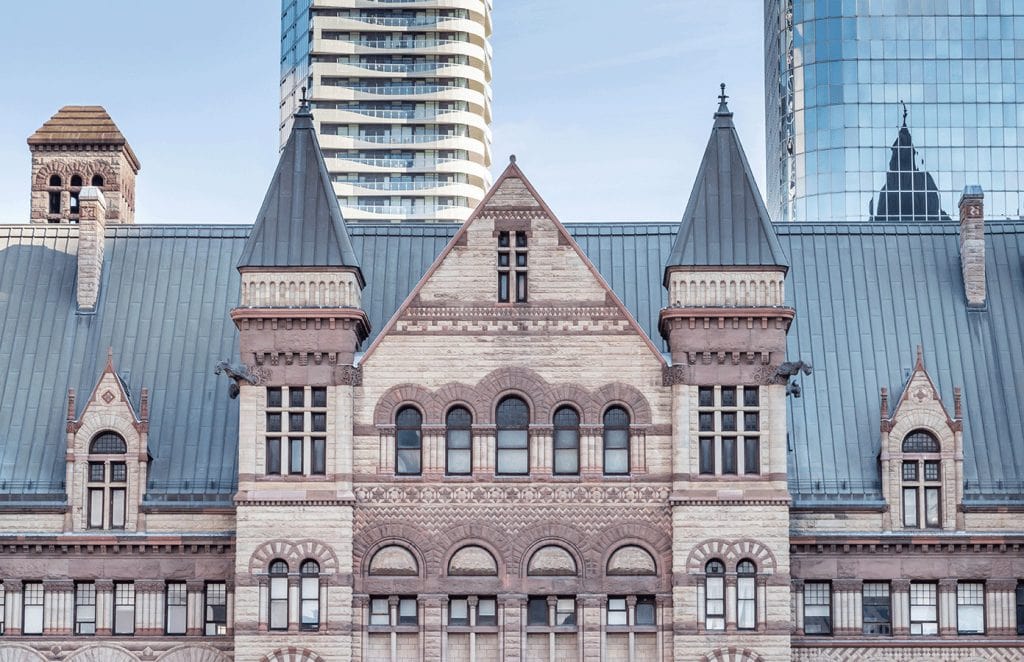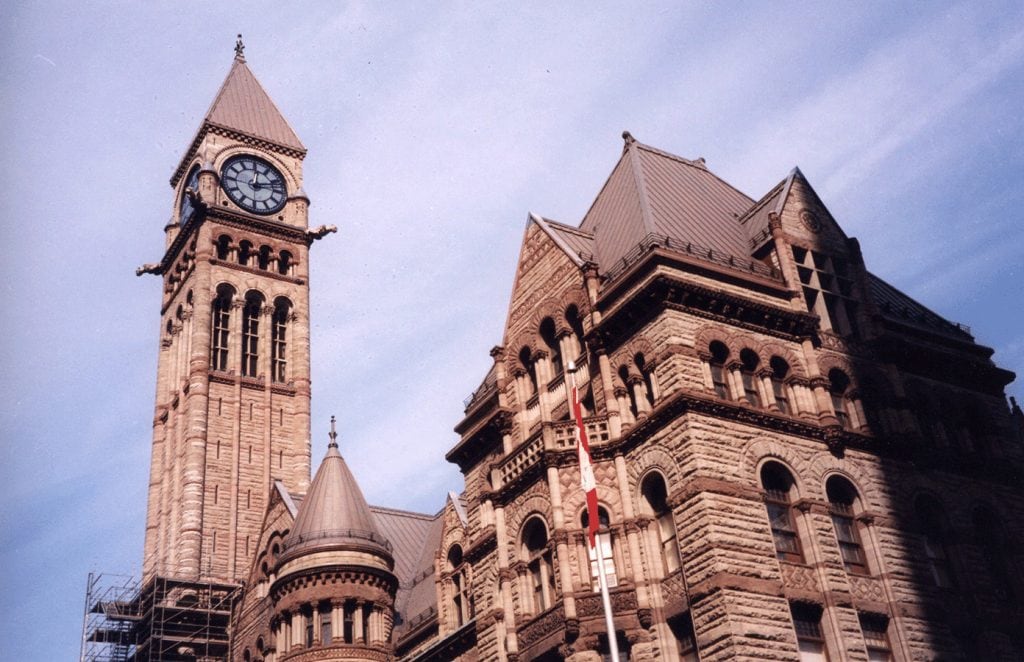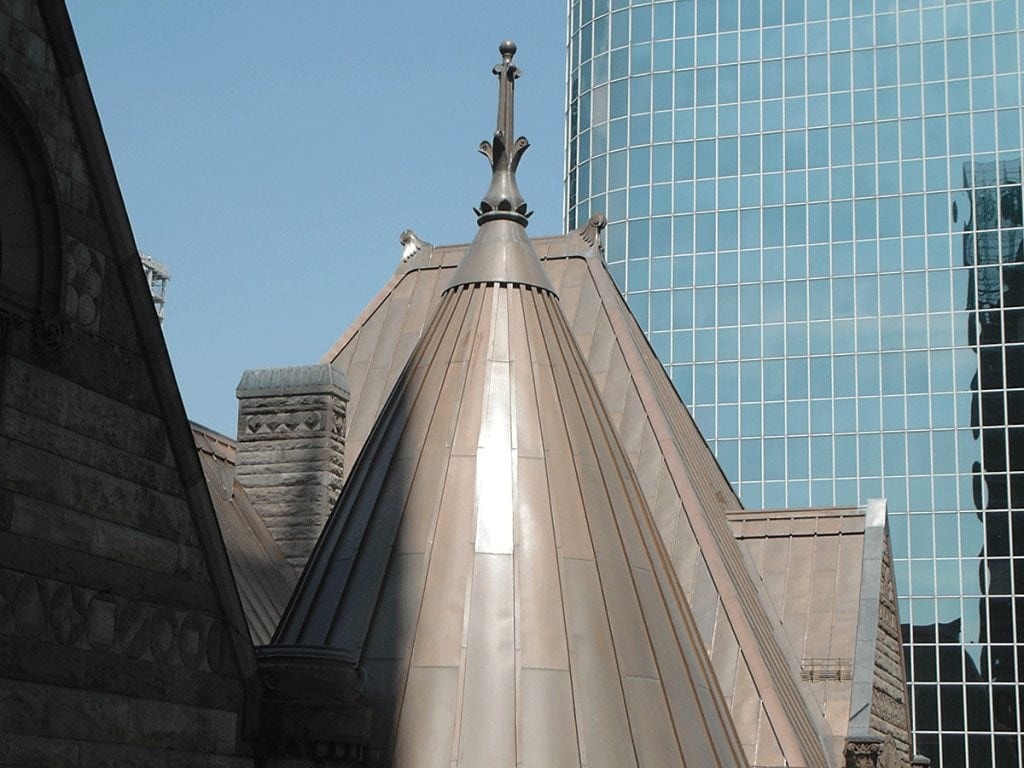When it comes to sheet metal roofing, two popular systems usually come to mind: batten seam and standing seam. Both have durability, longevity, and aesthetic appeal, but differ in design, installation, and specific benefits. Here’s what to consider to make sure you choose the right metal roof system.

Batten seam metal roofing has been a staple in the construction industry for centuries. This system involves vertical metal panels that are joined together by raised battens, creating a distinctive pattern of parallel lines across the roof surface. One of the key advantages of batten seam systems is their versatility in design. They can be adapted to various architectural styles, from traditional to modern. The raised battens not only serve a functional purpose but also add depth and visual interest to the roof.
Batten seam roofs are known for their excellent water-shedding capabilities. The raised battens create channels that efficiently direct water off the roof, reducing the risk of leaks and water damage.
Standing seam metal roofing has gained popularity in recent years, particularly in contemporary architecture. This system features continuous panels running from the roof's ridge to the eaves, with raised seams where the panel edges connect.
One of the primary benefits of standing seam systems is their superior weather resistance. The raised seams sit above the water line, providing excellent protection against leaks. Standing seam roofs offer a clean, modern aesthetic that appeals to many homeowners and architects. \
Choosing between a standing seam metal roof and a batten seam metal roof often comes down to the building's character. For a modern home, the sleek and clean lines of a standing seam are a popular choice. But for metal roofing on historic buildings, the decision carries the weight of history.

A fantastic example of this is our extensive restoration work on the Toronto Old City Hall, a National Historic Site. When we were tasked with the multi-phase restoration of this iconic 1899 building, the roof was a primary concern. The main tower’s roof, a defining feature of the city's skyline, required a complete replacement.

This was not a project for just any roofing system. The building's Richardsonian Romanesque style demanded the historical accuracy and bold, defined lines that only a batten seam metal roof could provide. Using a modern standing seam would have compromised the building's architectural integrity.
Our team meticulously fabricated and installed batten seam copper roofing across the main tower. This traditional method, which uses a "batten" or "roll" cap over the joints, creates the pronounced vertical seams that are so essential to the building's original design. The scope of this project was massive, involving not just the copper roofing but also the restoration and replacement of decorative sheet metal elements, including the famous stone-faced gargoyles.
The Toronto Old City Hall project is a perfect illustration of why batten seam systems are a cornerstone of heritage preservation. It’s a testament to how a roofing system can be both a functional protector and a critical character-defining element. When the goal is to preserve history for another century, the materials and methods matter, and the batten seam roof was the only choice to honour the building's legacy.
Installing a batten seam roof begins with laying down a solid roof deck and a waterproof underlayment. Vertical battens are then attached to the roof deck, typically made of wood or metal. The metal panels are then fastened to these battens, with each panel overlapping the adjacent one.
One of the advantages of batten seam installation is that it allows for some adjustment during the process. If a panel is slightly misaligned, it can often be adjusted before the final securing.
The installation process for standing seam roofs differs significantly from batten seam systems. It typically begins with the installation of a solid roof deck and underlayment, similar to batten seam roofs. However, instead of battens, clips are attached directly to the roof deck. The metal panels in a standing seam system are then snapped or seamed together over these clips.
Whether you're leaning towards a batten seam or standing seam metal roof system, professional installation is important for optimal performance. At Heather and Little, we specialize in high-quality metal roofing solutions for your building. Contact us today to discuss your metal roofing project and discover which system is right for you, or view our other projects on our portfolio.
.
If you are looking for a second opinion on your project or have a particularly complex issue that needs a fresh eye, such as historic building restoration, we’re here to help. Tackling tricky restoration projects is our specialty, and we welcome the opportunity to provide consulting services. We apply a keen attention to detail to all our commissions.
Join our mailing list and keep up to date on what’s going on with Heather & Little, sheet metal and roofing, including access to industry insights, interesting project case studies and incentives.